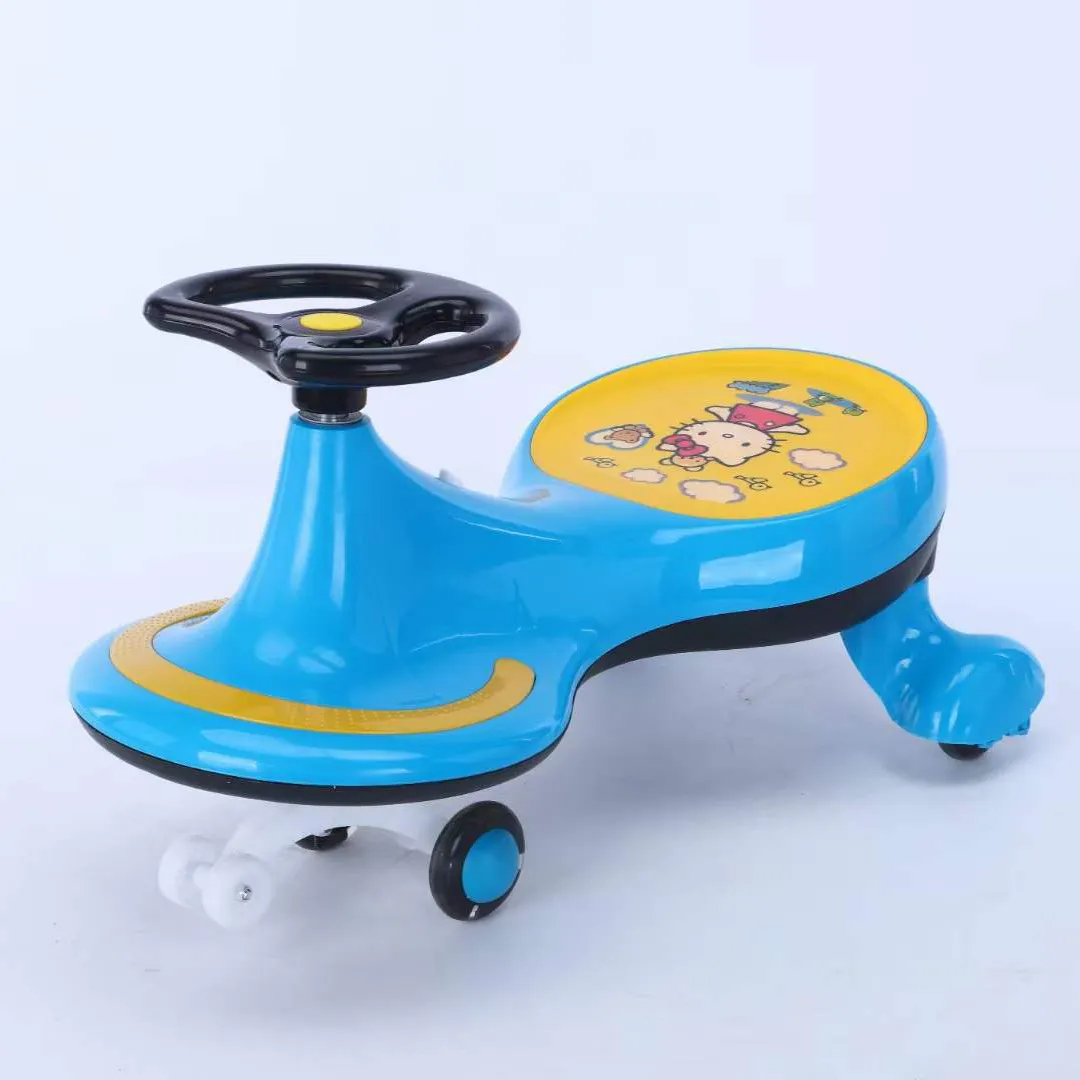mountain bike faq
Mountain Bike FAQ Essential Insights for Riders
Mountain biking is a thrilling sport that combines physical endurance with the beauty of nature. If you’re a beginner or even an experienced rider, you might have questions about the gear, techniques, and maintenance needed for a successful mountain biking experience. Below, we delve into some frequently asked questions about mountain biking to enhance your understanding and enjoyment of this exhilarating activity.
1. What type of bike should I get for mountain biking?
Choosing the right mountain bike depends largely on the terrain you plan to ride on and your personal preferences. There are three main types of mountain bikes hardtail, full-suspension, and fat bikes.
- Hardtail bikes have a front suspension and are generally lighter and more efficient for climbing. They’re ideal for cross-country riding. - Full-suspension bikes have both front and rear suspension, making them suitable for rough terrains and downhill trails because they provide more comfort and control. - Fat bikes are designed for snow and sand, featuring wider tires capable of navigating soft surfaces.
The right bike will enhance your riding experience, so consider test-riding different styles before making a purchase.
2. What gear do I need to start mountain biking?
Proper gear is essential for safety and performance. At a minimum, you should have
- A well-fitted helmet This is crucial for protecting your head in case of falls. - Gloves They provide grip and reduce vibrations in your hands. - Appropriate clothing Wear moisture-wicking fabrics and consider padded shorts for comfort during longer rides. - Sturdy shoes Opt for cycling shoes or durable sneakers that provide good traction on the pedals.
Additionally, consider carrying tools like a tire levers, a mini-pump, and a multi-tool for on-the-trail repairs
.mountain bike faq

3. How do I maintain my mountain bike?
Regular maintenance is key to extending the life of your mountain bike and ensuring a smooth ride. Here are a few basic maintenance tasks
- Clean your bike After each ride, wipe down the frame and wash the tires to remove mud and debris. - Lubricate the chain Use a specific bike chain lubricant to keep the drivetrain running smoothly. - Check tire pressure Proper inflation is essential for traction and handling. - Inspect brakes and derailleur Regularly check to ensure they are functioning well, adjusting as necessary. If you’re unsure about any maintenance task, consult your owner's manual or a professional mechanic.
4. What skills do I need to ride confidently?
Mountain biking requires a unique set of skills that can be developed over time
- Braking techniques Learn to use both the front and rear brakes effectively to maintain control. - Body positioning Practice shifting your weight to control the bike, especially over rough or steep terrain. - Cornering Approach corners wide and lean into them to maintain speed while staying in control. - Descending Focus on staying loose in your shoulders and keeping your weight back on the bike to enhance stability.
5. Are there specific trails for beginners?
Many areas have trails specifically marked for different skill levels. Beginner trails are usually wider, flatter, and have fewer obstacles, making them ideal for those just starting. Research local biking trails online or visit local bike shops for recommendations.
Conclusion
Mountain biking is more than just a sport; it’s an adventure that allows you to connect with nature while pushing your limits. By understanding the basics and keeping the frequently asked questions in mind, you can approach this thrilling sport with confidence. Whether you're hitting the trails for the first time or looking to improve your skills, knowledge and preparation will enhance your mountain biking experience. Enjoy the ride!
-
The Perfect Baby TricycleNewsAug.11,2025
-
Ride into Fun with Bikes for KidsNewsAug.11,2025
-
Ride into Adventure with the Perfect Kids Balance BikeNewsAug.11,2025
-
Fun and Safe Riding with the Best Childrens ScootersNewsAug.11,2025
-
Find the Perfect Childrens Bike for Your Little OneNewsAug.11,2025
-
Explore the Best Baby Tricycles for Your Little OneNewsAug.11,2025
-
Three-Wheel Light-Up Scooter Benefits for KidsNewsJul.11,2025








